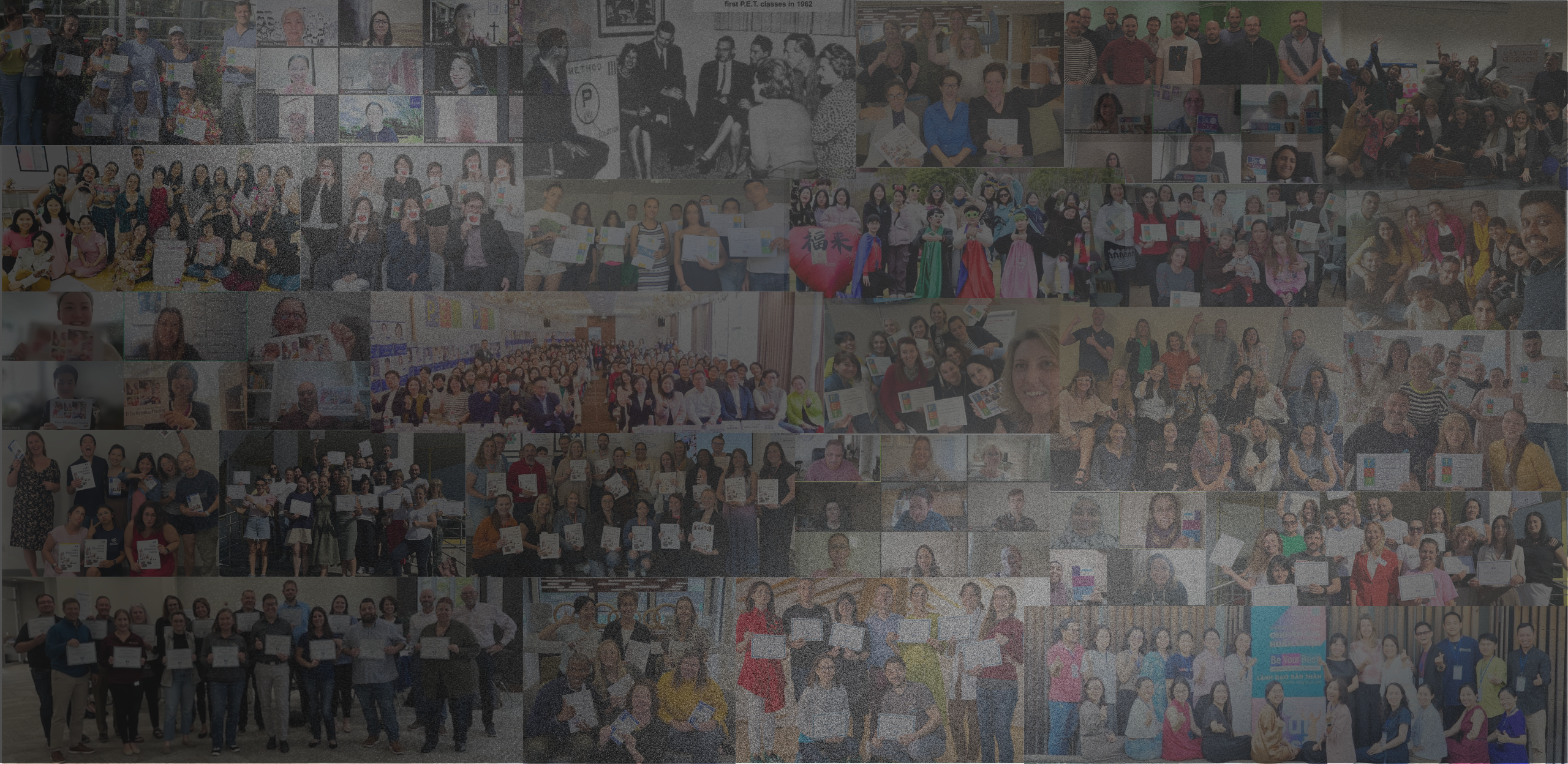Carl is a 44-year old marketing professional who was hired by a global manufacturer of specialty aluminum products to lead the company’s marketing and public relations efforts.
Carl was hired due to his depth of experience in the manufacturing industry and his proven, successful track record of developing and implementing marketing campaigns that produce measurable results. And it didn’t hurt that Tony; the CMO hit it off with Carl the very instant they met.
 Fast forward to October, 2012 and Tony, Carl’s immediate boss has been replaced with Carter, the new CMO who believes there is only one way to do things – his way. Within the first few days of working with Carter, Carl began displaying feelings of frustration as he is told exactly what to do and how to do it with little room for his own thoughts or creativity. Carl feels he is under constant scrutiny and has the sense that he no longer has the freedom to present his visions or make his own decisions. Everything Carl does is directed by, and must be approved by Carter. Carl and Carter rarely see eye to eye, and their relationship is much more argumentative than productive. And it’s getting worse every day.
Fast forward to October, 2012 and Tony, Carl’s immediate boss has been replaced with Carter, the new CMO who believes there is only one way to do things – his way. Within the first few days of working with Carter, Carl began displaying feelings of frustration as he is told exactly what to do and how to do it with little room for his own thoughts or creativity. Carl feels he is under constant scrutiny and has the sense that he no longer has the freedom to present his visions or make his own decisions. Everything Carl does is directed by, and must be approved by Carter. Carl and Carter rarely see eye to eye, and their relationship is much more argumentative than productive. And it’s getting worse every day.
As tensions continue to rise, Carl decides to appeal to a higher court – Sandi, the CEO, whom he has developed a strong relationship with, and supersedes Carter in title and authority. Carl knows his plan may backfire, but he also feels that he is only one more confrontation away from resigning. (Ideally, Carl would confront Carter directly and not “go over his head” but Carl, unfortunately, doesn’t do that.)
This is not an uncommon problem, and it is one that many leaders find themselves in the middle of when an employee doesn’t see eye to eye with his or her immediate boss and takes his case to a higher authority. For the employees’ immediate manager, it is often seen as a sign of contempt and disrespect and can inflict immediate damage to the manager/employee relationship.
If you’ve ever been approached by an employee several steps removed from you in title whom had a gripe about his or her immediate boss, you know that you have a problem on your hands. The way you handle such an encounter will set a precedent for the relationship you have with everyone in your company. And regardless of who is “right” or “wrong” or whether or not you have each other over for back-yard barbecues on the weekends, you still have a responsibility to do what is best for your company.
Once you understand the scope of the problem, it will be important to determine if you own problem, the employee owns the problem, or if you both own the problem. A strong leadership training program teaches participants how to properly identify and define the differences of each, and the best tool to help determine that is the Behavior Window.
Just because you are the senior-level manager or president of the company, it doesn’t necessarily mean that you own everyone else’s problems because of your position. It does mean, however, that you are expected to handle the problem as efficiently and as effectively as possible, taking both party’s needs into account. And it starts with understanding that the owner of the problem is usually in the best position to fix it.

